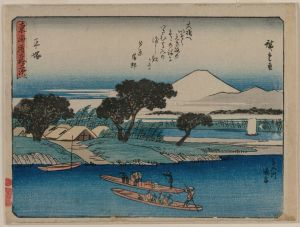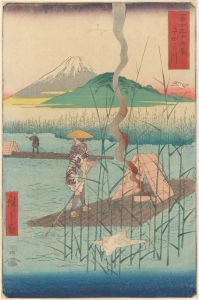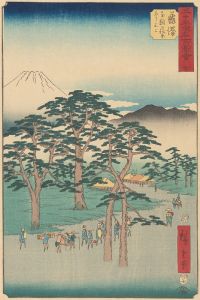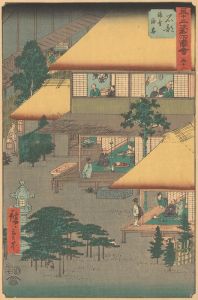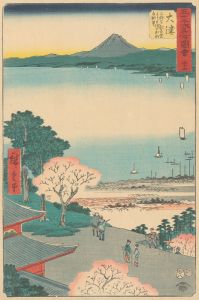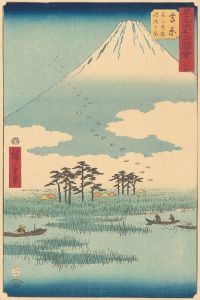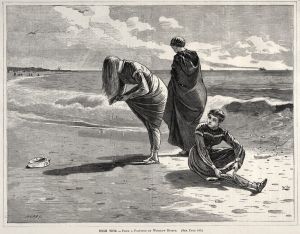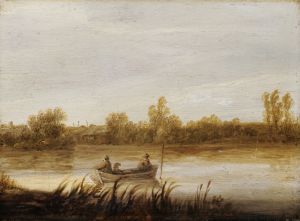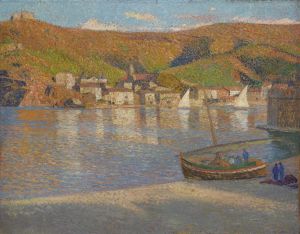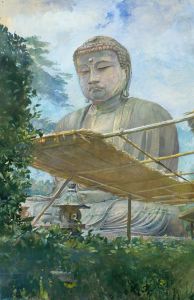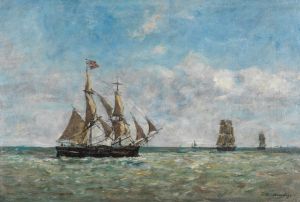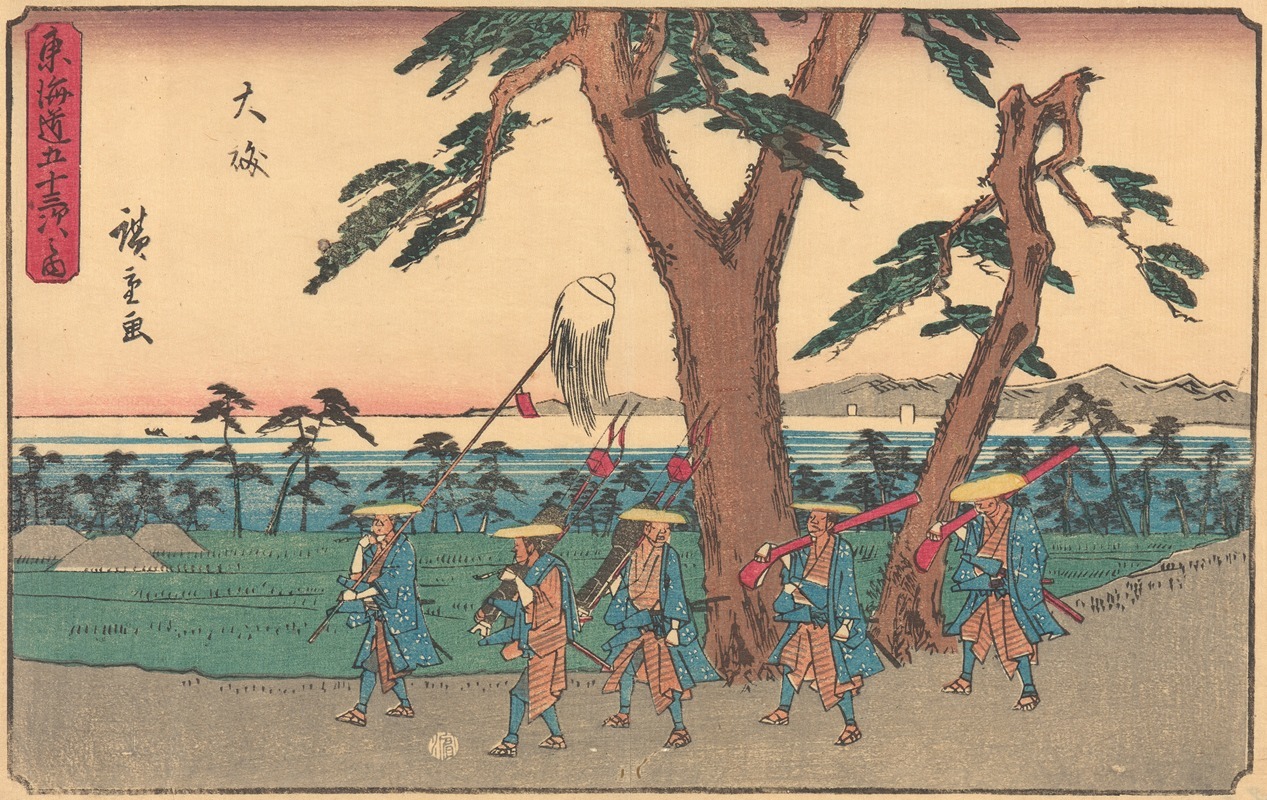
Oiso
A hand-painted replica of Andō Hiroshige’s masterpiece Oiso, meticulously crafted by professional artists to capture the true essence of the original. Each piece is created with museum-quality canvas and rare mineral pigments, carefully painted by experienced artists with delicate brushstrokes and rich, layered colors to perfectly recreate the texture of the original artwork. Unlike machine-printed reproductions, this hand-painted version brings the painting to life, infused with the artist’s emotions and skill in every stroke. Whether for personal collection or home decoration, it instantly elevates the artistic atmosphere of any space.
Andō Hiroshige, a renowned Japanese ukiyo-e artist of the Edo period, created the artwork "Oiso" as part of his celebrated series "The Fifty-three Stations of the Tōkaidō" (Tōkaidō Gojūsan-tsugi no uchi). This series, produced between 1833 and 1834, depicts the various post stations along the Tōkaidō road, which was the main travel route connecting Edo (modern-day Tokyo) to Kyoto.
"Oiso" is the eighth print in this series and illustrates the post station of Oiso, located in present-day Kanagawa Prefecture. The Tōkaidō road was a vital artery for travel and commerce during the Edo period, and Hiroshige's series captures the essence of these bustling waypoints, offering a glimpse into the daily life and landscapes of the time.
In the "Oiso" print, Hiroshige employs his signature style, characterized by a keen attention to detail, vibrant colors, and a masterful use of perspective. The composition typically features travelers and locals engaged in various activities, set against the backdrop of Oiso's natural scenery. The scene is often framed by the rugged coastline, with the sea and distant mountains providing a serene contrast to the human activity in the foreground.
Hiroshige's work is known for its ability to evoke a sense of place and atmosphere, and "Oiso" is no exception. The print captures the unique charm of the post station, highlighting the interplay between nature and human presence. The use of color and shading techniques enhances the depth and realism of the scene, drawing the viewer into the tranquil yet dynamic world of Edo-period Japan.
The "Fifty-three Stations of the Tōkaidō" series was highly popular during Hiroshige's lifetime and remains one of his most acclaimed works. It not only showcases his artistic talent but also serves as a valuable historical record of the Tōkaidō road and its significance in Japanese culture. Each print in the series, including "Oiso," offers insights into the geography, architecture, and social customs of the time, making it a rich source of information for historians and art enthusiasts alike.
Hiroshige's influence extended beyond Japan, impacting Western artists such as Vincent van Gogh and Claude Monet, who admired his innovative compositions and use of color. The "Oiso" print, along with the rest of the Tōkaidō series, played a role in the Japonisme movement in Europe during the late 19th century, which saw a fascination with Japanese art and aesthetics.
In summary, Andō Hiroshige's "Oiso" is a masterful representation of one of the post stations along the Tōkaidō road, capturing the essence of Edo-period Japan through its detailed depiction of landscape and daily life. The print is part of the larger "Fifty-three Stations of the Tōkaidō" series, which remains a significant work in the history of Japanese art and continues to be celebrated for its artistic and cultural value.





